By Dale Skran
Starting March 28, 2018, I initiated a series of blog posts tracking the “SpaceX Triple Trifecta” – a bold attempt by SpaceX to achieve three amazing milestones in space development:
- To develop and fly reliably the Falcon 9 Block 5, demonstrating repeated reuse of the first stage
- To develop and bring to operational status the Falcon Heavy
- To develop and bring to operational status the crew-carrying Dragon 2
As chronicled in my blog posts on the F9 Block 5 and the Falcon Heavy these two parts of the trifecta have been fully achieved. F9 Block 5 has achieved vast success. 2020 alone has seen eight F9 Block 5 flights, including a fifth re-flight of a first stage. In fact, the crewed Dragon 2 flew on the first “not flight proven” F9 Block 5 flown in 2020. In less than two years, SpaceX has made first stage re-use routine to the point that when a new first stage flies it is unusual.
With three flights in the bag, the Falcon Heavy has five more to come on its’ manifest, and is starting to get solid respect inside NASA:
- Fall 2020: United States Space Force-44
- Spring 2021: United States Space Force-52
- July 2022: NASA probe to asteroid Psyche
- 2021-22: A Viasat 3 launch
- TBD: Dragon XL to Gateway for NASA
The final leg of the trifecta had three parts:
- March 2, 2019: Demo-1, the first uncrewed test flight of the Dragon 2 to the ISS
- January 19, 2020: In-flight abort test for Dragon 2
- May 30, 2020: Demo 2, the first crewed test flight to the ISS
As of 10:16 AM Sunday May 31, 2020, Dragon 2 has docked with the ISS successfully, completing the first half of the last part of the triple trifecta. Astronauts Bob Behnken and Doug Hurley will spend up to four months on the ISS, and although full success can only be crowned with their safe return, SpaceX is tantalizingly close to a complete sweep of the triple trifecta.
Although Boeing and SpaceX were close in the race to get to the ISS first and “Capture the Flag” left behind by the last Shuttle crew, Boeing’s software troubles on the first uncrewed Starliner flight led to a failure to dock with the ISS, and the need for a do-over, allowing SpaceX the opportunity to be first to reach the flag on the ISS. The full import of this event is a topic for another blog post, but at a minimum it symbolizes the ascent of SpaceX as the leading force in space exploration and development.
Copyright 2020 Dale Skran


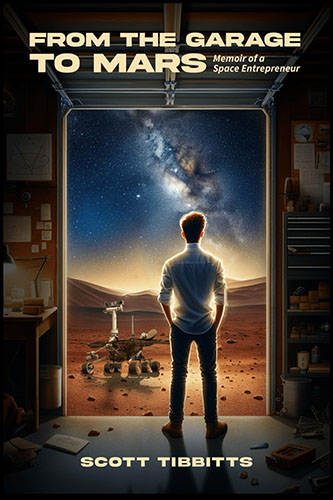


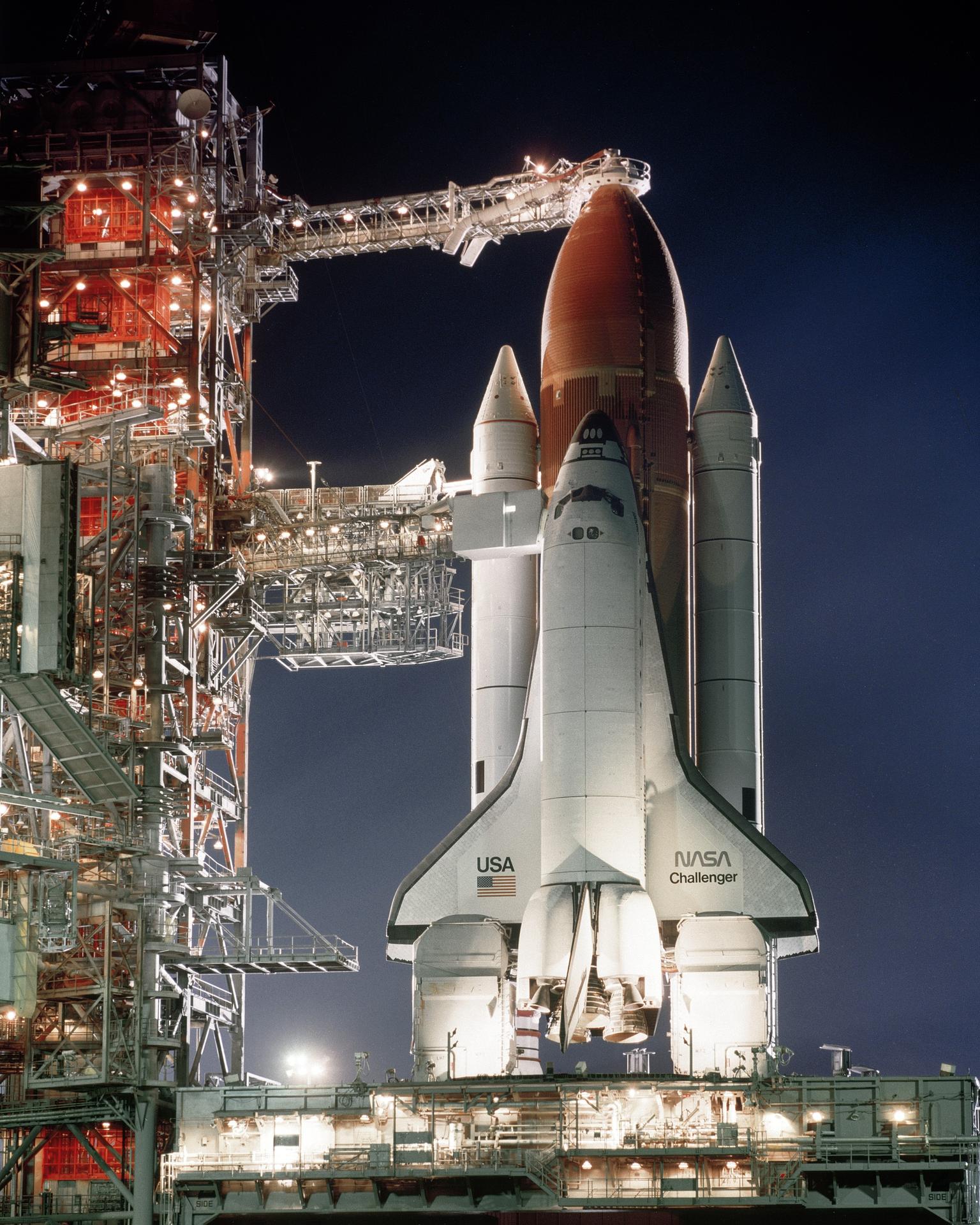
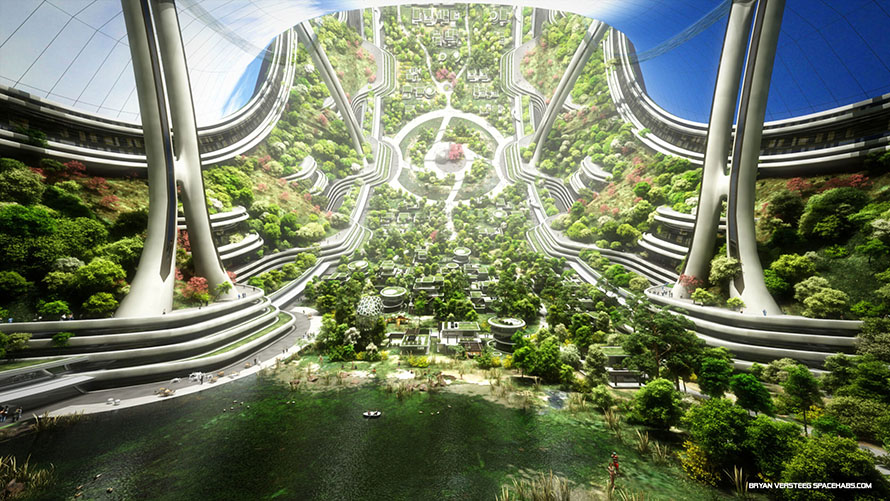
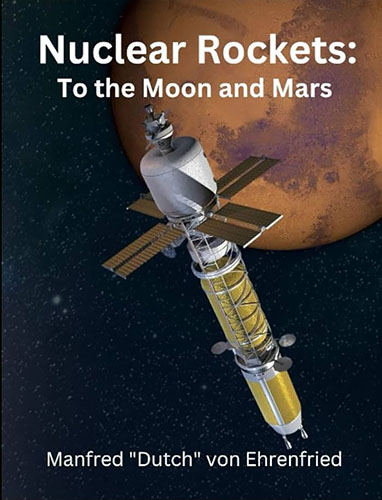
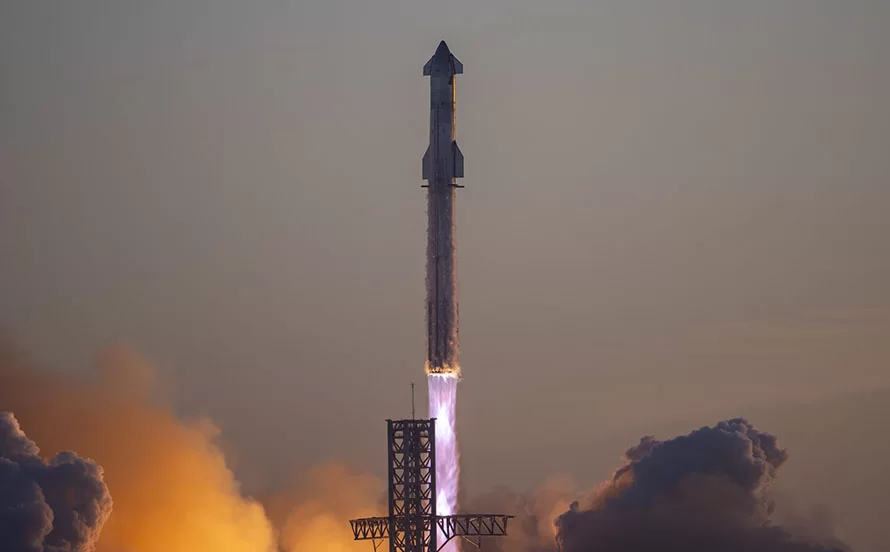
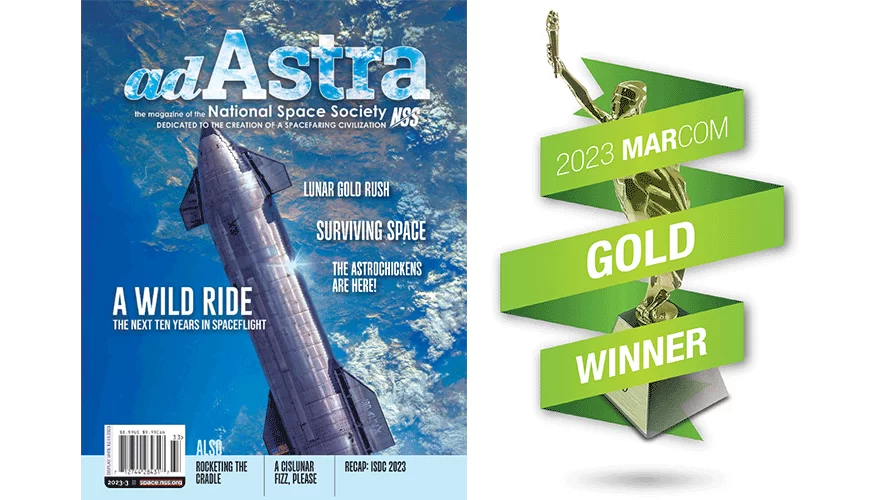
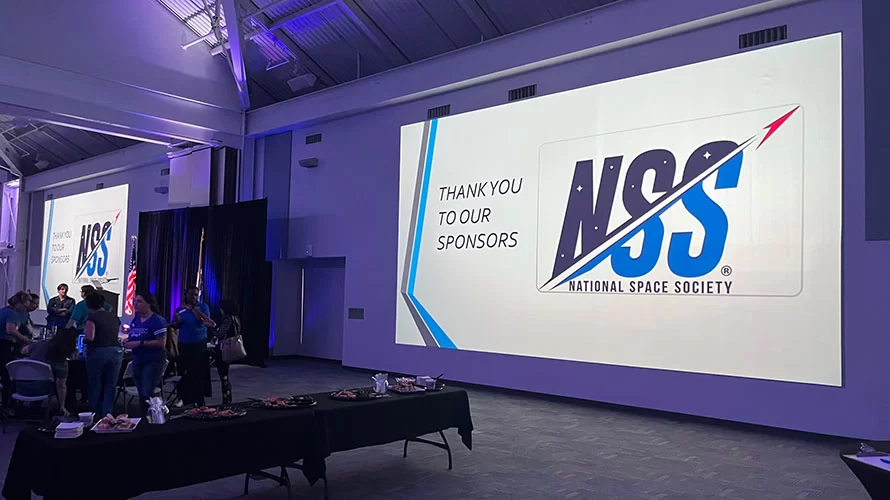
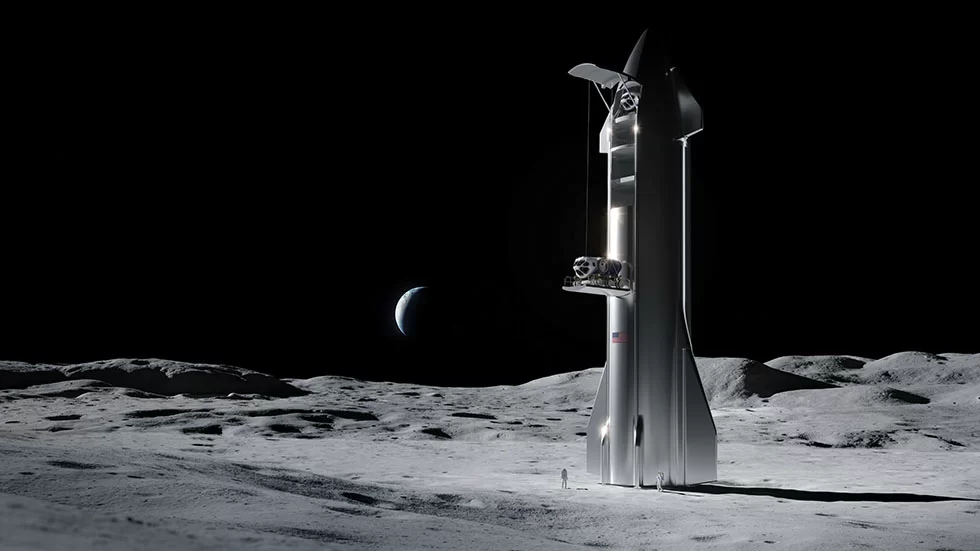

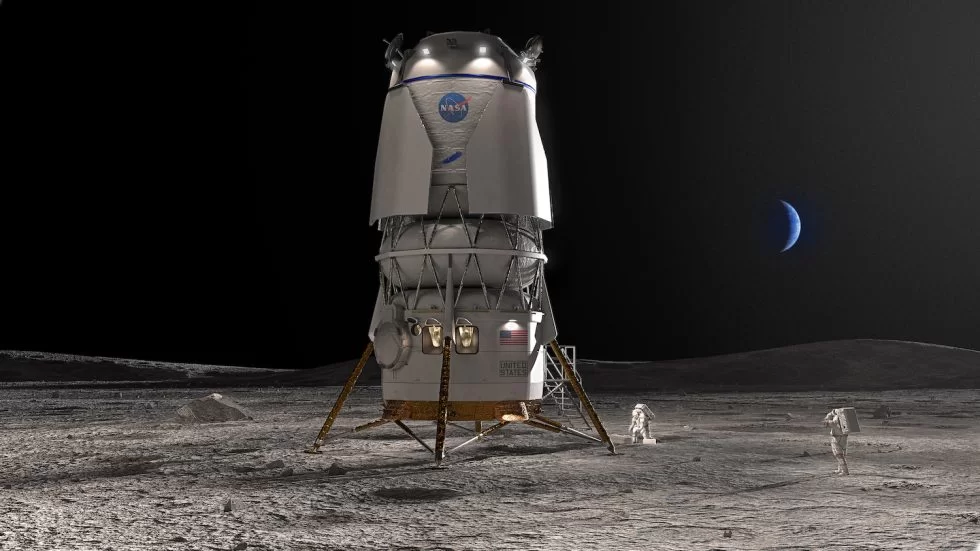
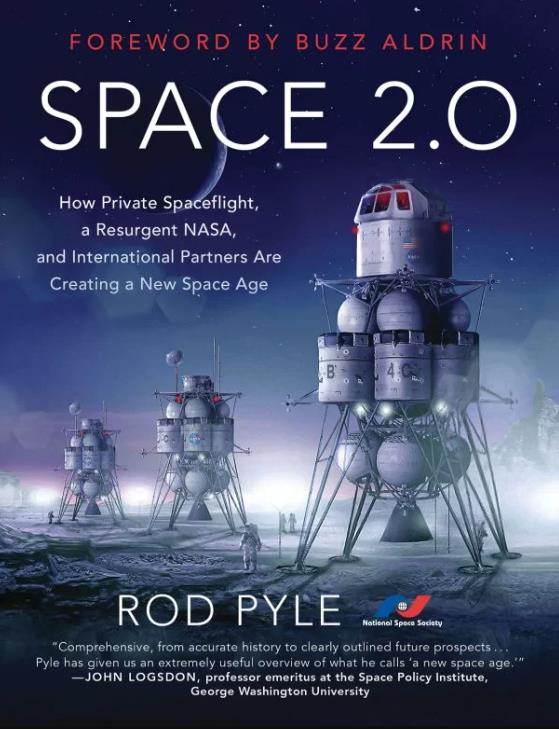
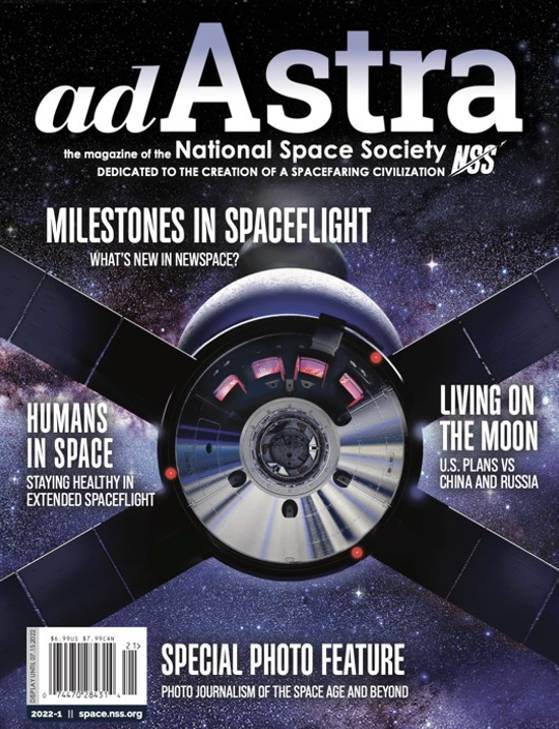
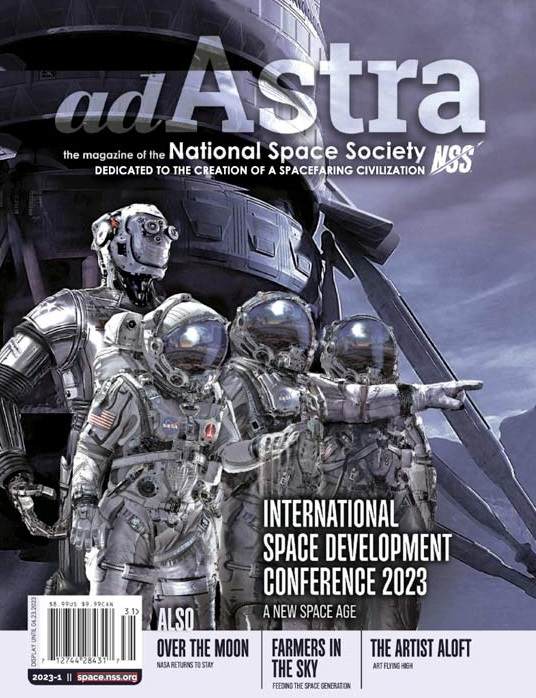


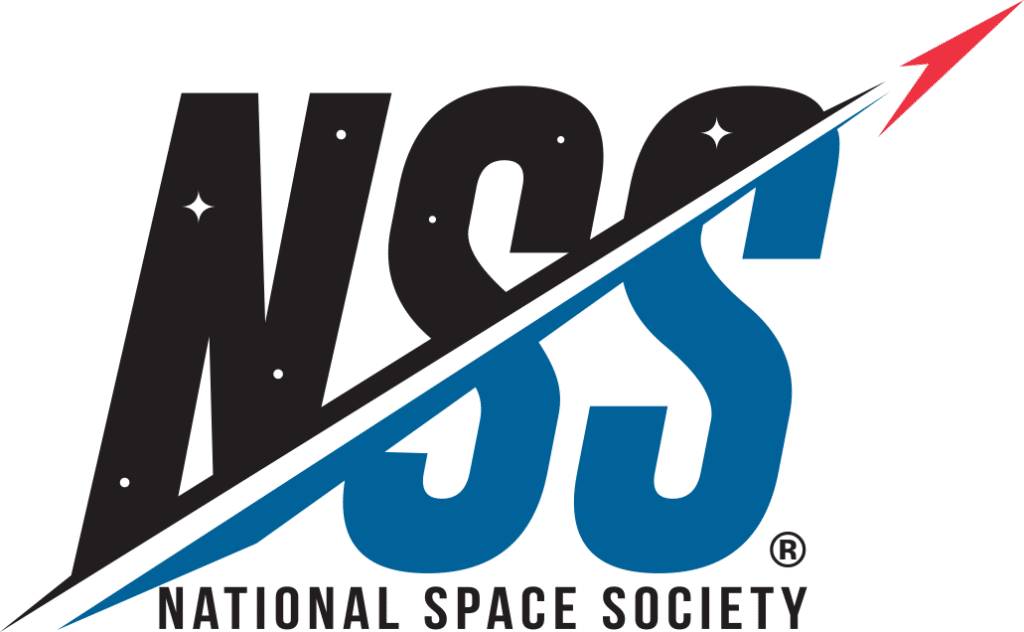
3 thoughts on “SpaceX’s Triple Trifecta Triumph – And the Flag is Captured!”
Glad you are keeping track of these SpaceX accomplishments, Dale. Carry on!
Space x is going bigger from where it started.
Next big thing will be when crewed flights on the Dragon become as commonplace and ho-hum as the recovery and re-use of the first stage of the Falcon 9. Except that won’t be an “event,” it will just happen over time. Someday we’ll just say “yeah, they do it all the time. What’s the big deal?” Next challenges: 1. Successfully land and reuse the middle stage of the Falcon Heavy and 2. Stop the Starship from undergoing unplanned rapid disassembly.